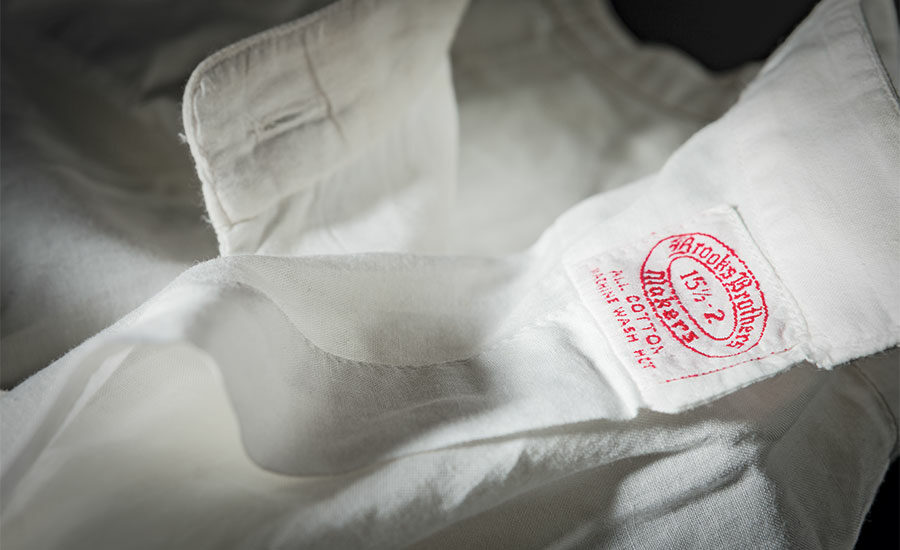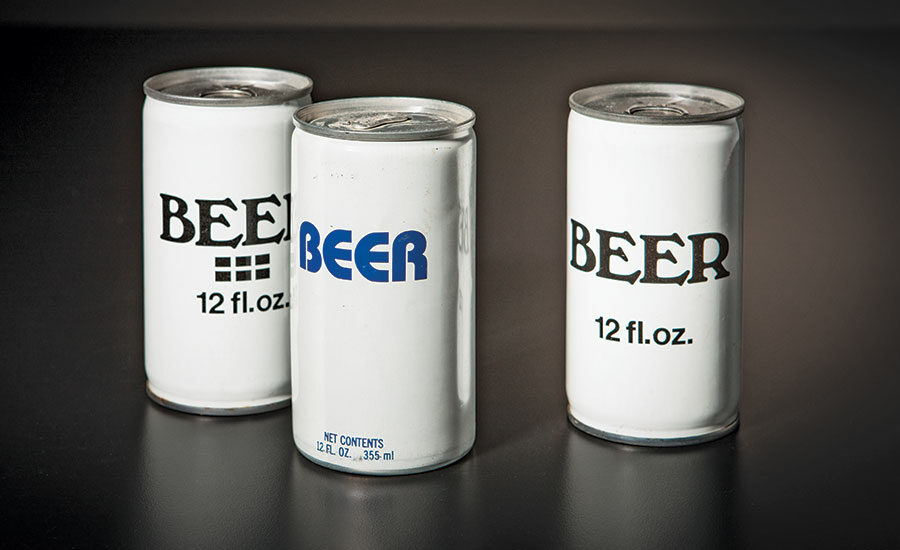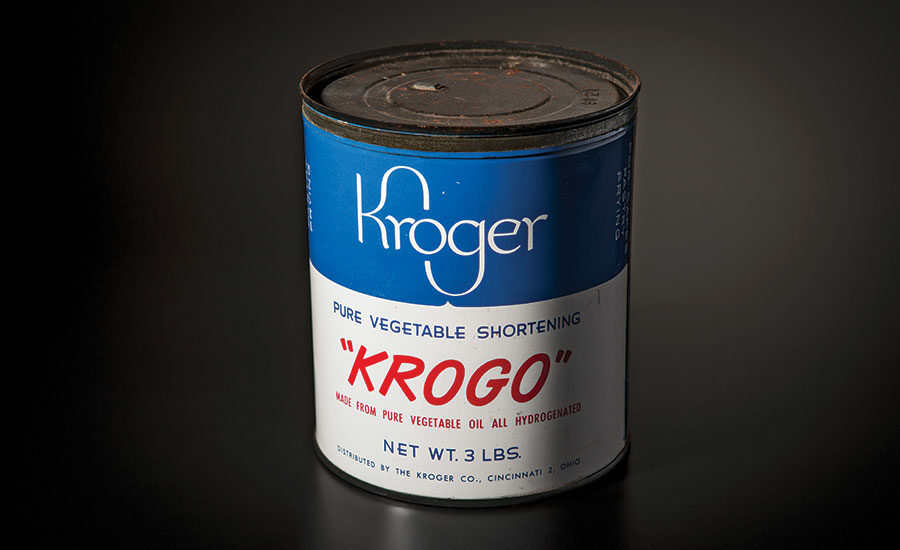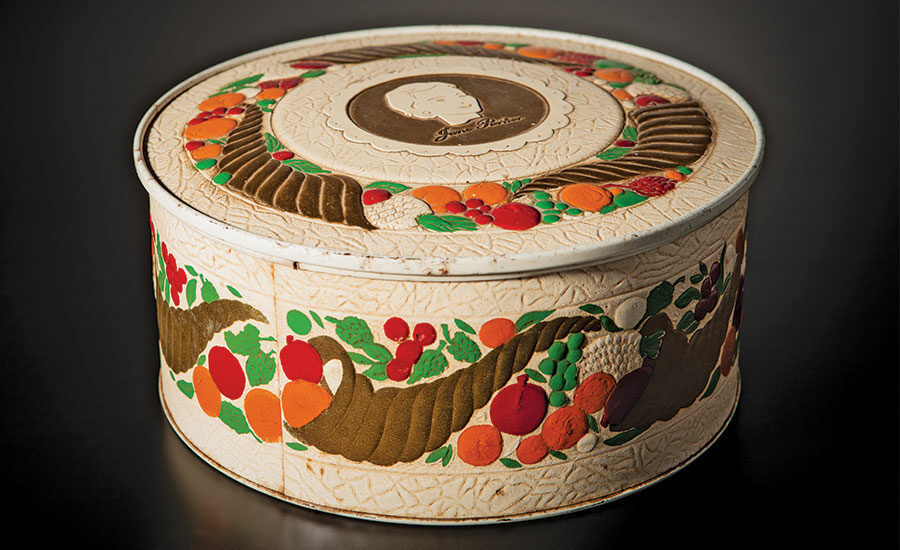Private Brand Designs Rich in History
Beyond generics, private brands have a long tradition of competing with national brands.


Labels, like those above, captured the essence of America’s crisis of confidence in the 1970s.

More and more retailers are taking notice of the importance of private brands.

It’s important to embrace designs that uniquely convey what a brand is about.




George Huntington Hartford, Levi Strauss, Charles R. Walgreen, Sr., Rowland Hussey Macy, Sr., Aaron Montgomery Ward, Frank Winfield Woolworth, Caleb Bradham, The Brooks Brothers, Richard Warren Sears and Alvah Curtis Roebuck. The names read like a Who’s Who of American retailers. Along with their CPG contemporaries, they were entrepreneurs and innovators who created the template for today’s retail, and along the way they created private brand.
Not restricted to category or channel, they created brands that stretched well beyond the confines of grocery to include virtually every retail channel and category. They—and the brands their teams created—are the subject of my new book, “Vanguard Vintage Originals,” a photographic celebration of vintage private brand packaging. The coffee table book celebrates private brands and includes more than 150 photos by award-winning photographer Teri Campbell.
Private brand: the myth
The popular mythology of private label has its origins firmly entrenched in the recession of the 1970s, which began during the presidency of Richard Nixon and impacted the country well into the early years of the Reagan administration. The multiple energy crises of the ‘70s led to stagnant economic growth as oil prices surged. The combination of stagnant growth and price inflation during this era led to what was then called “stagflation.”
The American economy was the perfect petri dish for the emergence of generic products. The stark white or yellow labels with their plain, black san serif font screaming: CIGARETTES, BEER, SOUP were the perfect expression of America’s crisis of confidence.
Although the mythology certainly has a ring of truth, and generics were most certainly spawned by the economic crisis of the ‘70s, it’s far from the whole story. This was not simply an American story; it was global. The genesis of generic products is most often traced to France, which was also suffering from an economic crisis. In 1976, grocer Carrefour introduced its line of extreme value generics, simply known as Produits Libres.
The origins of private brands in the U.S. extend back more than 100 years earlier. Eight O’Clock Coffee was created by The Great Atlantic & Pacific Tea Company (A&P) in 1859; Craftsman Tools were introduced by Sears, Roebuck & Company in 1927; Walgreens began selling private brand products soon after its founding in 1901. In 1922, the retailer created the first malted milkshake, which led to Walgreens establishing private brand ice cream manufacturing plants.
The generics of the ‘70s were not the beginning of private brands, but they were inarguably the low point.
Private brands by the numbers
In 2016, private brands outperformed national brands in the rapidly growing mass merchandisers segment of Nielsen’s total outlet’s database, which includes national retailers such as Walmart and Target as well as warehouse clubs and dollar store chains. Private brand dollar volume in the mass merchandisers/club/dollar store segment climbed 4.4 percent to $49.6 billion. As a result, private brand’s market share moved up 0.6 of a point to 19.7 percent.
Private brand market share declined in the lagging supermarket channel—measured at 18.4 percent of dollar share—as well as in Nielsen’s all-outlets combined sector. When separated from the struggling supermarket industry, market share for private brands have experienced substantial gains at the expense of national brands.
According to the data compiled by Nielsen for the Private Label Manufacturers Association, total private brand sales for 2016 reached $118 billion. Unfortunately, the data does not include sales from Costco, Aldi and Trader Joe’s. Estimates of their private brand sales would add $35 billion to the total and increase the size of the U.S. private brand market to more than $150 billion.
The numbers belie the richness of private brands. Even though Costco’s portfolio is simply Kirkland Signature, retailers in grocery, drug and mass typically own between 12 and 20 brands that often include brands focused on premium specialty foods, cleaning, health and beauty care, organics, pet, value and national brand equivalents. When private brand accounts for as much as one fifth of the market, it is imperative to look deeper and ask more questions. Ask how specific brands are performing in terms of sales, awareness, consideration, frequency, satisfaction, net promoter score, etc.
The end of the world as we know it
Google, Amazon, Facebook, Instagram, Twitter and the elusive Millennial have all changed the way we work, play and buy. The prophets and pundits tell us two things: We are in the last days of brick and mortar retail, and brand loyalty is dead. Each is being replaced by customer experiences, convenience, customization and a variety of startup challenger brands.
Retailers and their brands can no longer survive on the “as good as but cheaper than the national brand” equivalence mentality that has dominated the last 20 years. It’s simply not enough. Consumers have hundreds of brick-and-mortar and online retailers to shop. They expect to find private-label cereal, milk, canned vegetables, etc. Unfortunately, that expectation does not lead to loyalty. “As good as but cheaper” does not inspire love or create passionate fans.
Opportunities for private brands
This is an exciting time for private brand. The news is full of stories that illustrate its strategic importance to retailers.
- Amazon buys Whole Foods and lists approximately 200, 365 Everyday Value products.
- Boxed.com launches its own private brand.
- Kroger grows Simple Truth to $1.4 billion in sales.
- Walmart discusses the strategic importance of private brand in its investors meeting.
- Target CEO, Brain Cornell, announces the launch of 12 new private brands.
- Amazon launches more than a dozen private brands in grocery, baby, cleaning and apparel.
- Walmart & Jet.com announces Uniquely J as a premium private brand.
- Brandless debuts as a 100 percent private brand e-commerce grocery essentials retailer, and it’s all $3.
Retailers have realized unique private brands and products enhance the customer experience and separate them from their competition. This is an exciting time for private brand; innovation and differentiation are key, and being celebrated in the industry.
The future of private brand
So, what will help retailers go above and beyond in the 21st century? What traits does it take to manage and grow private brands that customers know and love?
strategy obsessed
The best private brands are built and managed as an expression of corporate strategy. Their brand positioning and corresponding logo, package design and product development are each an expression of both the business strategy and the customer strategy.
customer focused
This is the age of the customer. Retailers have the privilege of regular interaction with their shoppers. We must leverage that to build brands and product. Know her, give her solutions to her problem, make her life easier. Merchants and manufacturers focus on the product; the modern private brand executive must be focused on shoppers.
differentiator
Stop copying, mimicking or stealing. Create brands and products with meaningful differentiation. The goal is not merely to create price-based selection but to create an experience and emotion-based loyalty. Innovate!
design led
Embrace design, celebrate design, differentiate with design. Be brave enough to select great design that delivers on your brand promises and creates a unique ownable identity. Do not mimic national brands or other private brands. Be proud of who you are.
fearless
Take risks and learn from failure. Repeat. Take risks and learn from failure. Repeat.
diplomacy and leadership
Building private brands is as much about diplomacy as it is about leadership. The goal is to understand and embrace the complex, matrixed organization as an ally and partner. Merchandising, marketing, operations, legal, etc. must all become active partners in the growth of private brands. Work with them to succeed.
data informed
Consumer data must inform, not define. Remember: Behind every number there are real people, real families. The data will reveal what they do, however, it is your job to analyze and uncover why they do it.
passion
Love what you do. Love the brands you build. Fill your closets and cupboards with your passion. Demonstrate that passion every day.
Back in the 1800s, at the birth of the modern retailer, store owners were the brand and they were proud. Unfortunately, the 1970s and generics destroyed that pride. Private brands have taken center stage, customers have taken control, and everything is changing. Best-in-class retailers understand that they must own brands that customers know and love in order to compete and win. Private brands are no longer second-class citizens hoping for consumers’ love. Private brands increasingly are the brand that customers love.
Looking for a reprint of this article?
From high-res PDFs to custom plaques, order your copy today!







